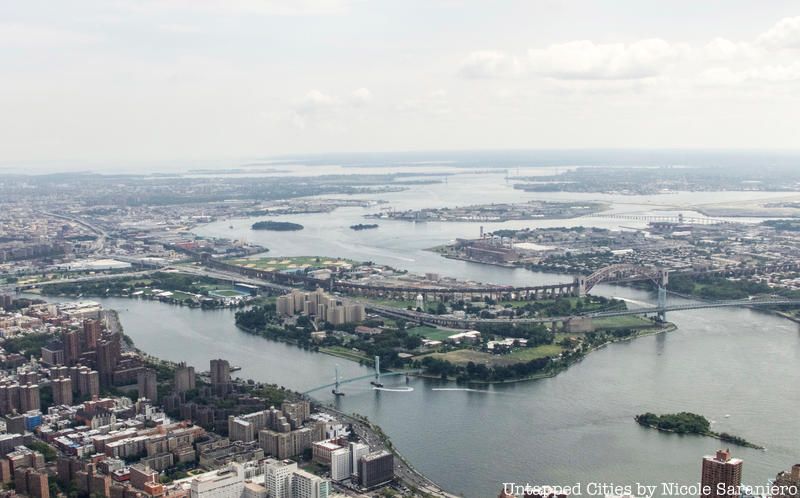NYC has approximately 40 smaller islands in addition to three main islands (Manhattan, SI and part of Long Island. Some are no longer islands (e.g. - Coney Island). A few are accessible by bridges (e.g. - City Island). Some are very small. Many are un-inhabited. Some are shared with NJ. But there can be incidents on them.
Are there FDNY box numbers assigned to these locations?
What are current fire response protocols for Governor's Island, Ellis Island, Liberty Island?
Rikers Island has own Corrections fire department. What is FDNY protocol?
I remember as a kid Marine 9 being special called for fires on Shooters Island off SI which had many old shipyard buildings, piers and abandoned boats.
Are there FDNY box numbers assigned to these locations?
What are current fire response protocols for Governor's Island, Ellis Island, Liberty Island?
Rikers Island has own Corrections fire department. What is FDNY protocol?
I remember as a kid Marine 9 being special called for fires on Shooters Island off SI which had many old shipyard buildings, piers and abandoned boats.
The Bronx
- Hunter Island, no longer an island, part of Pelham Bay Park
- Twin Island, no longer an island, part of Pelham Bay Park
- Goose Island, Hutchinson River, part of Pelham Bay Park
- North Brother Island (East River)
- South Brother Island (East River)
- Pelham Islands, historical name for a group of mostly uninhabited islands in western Long Island Sound
- The Blauzes
- Chimney Sweeps Islands
- City Island, only inhabited island in the borough
- Hart Island
- High Island
- Rat Island
- Rikers Island (East River), location of New York City's jail
Brooklyn
- Canarsie Pol, uninhabited, 222-acre island in Jamaica Bay
- Coney Island, no longer an island
- Prospect Park Lakeislands,
- Chaim Baier Music Island
- Duck Island
- Three Islands
- Mau Mau Island (also called White Island), located in Marine Park
- Ruffle Bar (Jamaica Bay)
Manhattan
- Ellis Island (New York Harbor), shared with New Jersey
- Governors Island (New York Harbor)
- Liberty Island (New York Harbor)
- Mill Rock (East River)
- Randalls and Wards Islands, joined by landfill (East River) - site of FDNY Fire Academy
- Roosevelt Island (East River)
- U Thant Island, legally Belmont Island (East River)
Queens
- Hog Island, destroyed
- Prince of Wales Island (Jamaica Bay)
- Rulers Bar Hassock, home to Broad Channel (Jamaica Bay)
- Ruffle Bar (Jamaica Bay)
- Subway Island / Winhole Hassock (Jamaica Bay)
Staten Island
- Isle of Meadows (Arthur Kill)
- Prall's Island (Arthur Kill)
- Shooters Island (Kill van Kull), shared with New Jersey
- Hoffman Island (Lower New York Bay)
- Swinburne Island (Lower New York Bay)
Last edited:























